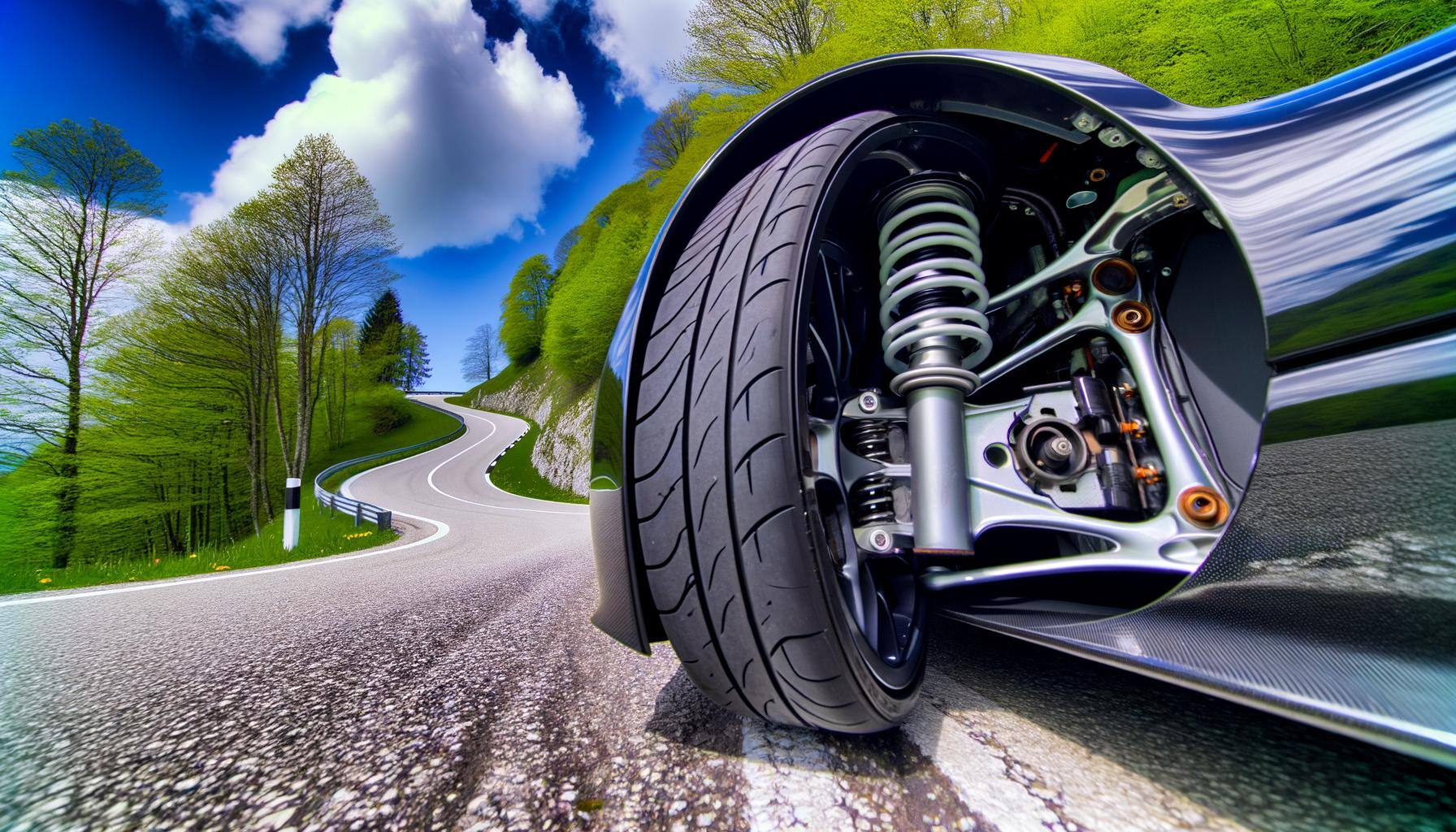

Understanding the intricacies of suspension systems is pivotal for optimizing a vehicle's performance. These systems are the linchpins of vehicular dynamics, directly influencing how a car handles and how comfortable it feels to its occupants. At the core of suspension systems are components such as springs, dampers, and linkages, which include control arms and stabilizer bars. Each of these plays a distinct role in maintaining the vehicle's stability and comfort.

The dynamics of suspension systems involve the behavior of the vehicle's wheels in relation to the chassis. Key parameters such as wheel travel, camber angle, caster angle, and toe angle are crucial. These angles and movements determine how well a vehicle can grip the road, respond to steering inputs, and absorb shocks from road irregularities. Thus, the design and dimensional specifications of suspension systems are critical for ensuring both ride comfort and handling performance.
Bush compliance is an essential factor in suspension systems, significantly affecting how a vehicle feels when driven. Bushings, typically made from materials like rubber or polyurethane, serve as compliance elements that absorb shocks and vibrations. This compliance allows for relative movement between suspension components, providing a buffer against road irregularities.

The degree of bush compliance can dramatically influence ride quality. High compliance bushings excel in isolating vibrations, resulting in a smoother ride. However, too much compliance can lead to decreased control, causing the vehicle to feel less stable during maneuvers. Conversely, low compliance enhances feedback and responsiveness, which is vital for precise handling but may compromise ride comfort by transmitting more road noise and vibrations to the cabin. Striking the right balance in bush compliance is crucial for achieving optimal comfort and control.
Kinematic linkage variations are another critical element that affects suspension performance. These variations involve changes in the geometric dimensions and alignments of suspension linkages, such as control arms. Any deviation in these dimensions can have significant repercussions on the vehicle's handling characteristics.

Dimensional variations in kinematic linkages impact the suspension geometry, influencing key angles like camber, caster, and toe. These angles dictate tire contact with the road, affecting handling stability and tire wear patterns. For example, incorrect camber angles can result in uneven tire wear and a reduction in traction, compromising safety and performance. Accurate dimensional specifications are thus essential for maintaining desirable handling stability and ensuring that the vehicle responds predictably to steering inputs.
Achieving a balance between ride comfort and handling control is a challenge in suspension design. This balance is often a trade-off between the compliance of bushings and the precision of kinematic linkages. Designers must carefully consider these factors to craft a suspension system that maximizes both comfort and control.

One effective strategy is to employ advanced simulation tools, such as 3D Monte Carlo simulations, to analyze the combined effects of bush compliance and linkage variations. These simulations allow engineers to predict how different configurations will affect vehicle dynamics, enabling them to optimize designs before physical prototypes are built. Additionally, incorporating adjustable components, such as variable dampers or active suspension systems, can provide flexibility, allowing for real-time adjustments to suit varying driving conditions and preferences.
The optimization of suspension systems relies heavily on both experimental and computational testing methods. Experimental studies often involve rigorous rig testing and on-road evaluations to assess how bush compliance and linkage variations affect suspension performance. These tests help engineers observe real-world behaviors and refine their designs accordingly.

On the computational side, methods like finite element analysis and multibody dynamics simulations are invaluable. These techniques offer insights into the effects of dimensional changes on vehicle dynamics without the need for extensive physical testing. By simulating various scenarios, engineers can explore a wide range of configurations and identify the optimal balance of components for enhanced ride and handling characteristics.
The future of suspension system engineering is poised for exciting advancements, driven by the continuous pursuit of improved vehicle dynamics. As automotive technology evolves, so too do the methods and materials used in suspension design. Emerging trends include the integration of smart materials and systems that can dynamically adjust to road conditions, providing an adaptive ride experience.

Furthermore, the rise of electric and autonomous vehicles presents new challenges and opportunities for suspension systems. These vehicles often have different weight distributions and performance requirements, necessitating innovative suspension solutions. Advances in computational power and simulation tools will enable more precise and efficient design processes, paving the way for suspension systems that offer unparalleled comfort and handling.
In conclusion, understanding and optimizing bush compliance and kinematic linkage variations are crucial for enhancing vehicle suspension performance. By mastering these elements, designers can create suspension systems that deliver both superior ride comfort and exceptional handling, meeting the diverse demands of modern drivers and paving the way for future innovations in automotive engineering.
These Stories on CATIA
No Comments Yet
Let us know what you think